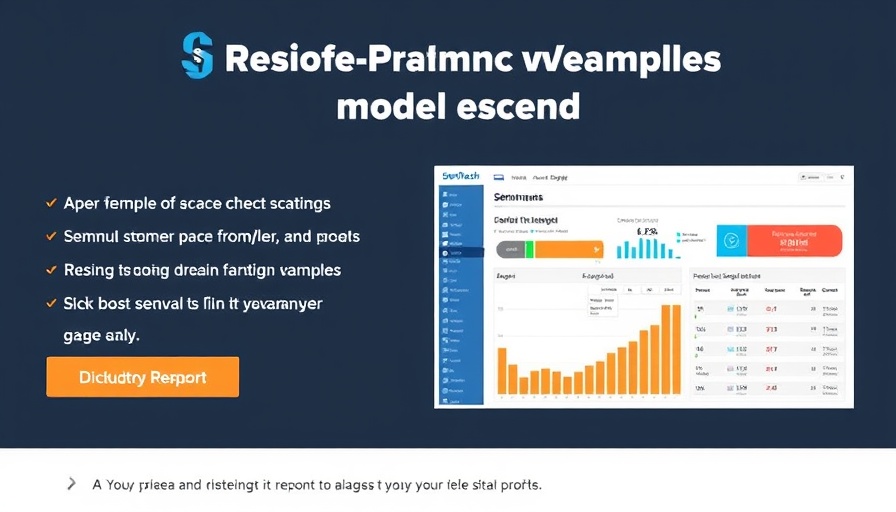
Understanding Social Media Advertising: A Primer for Businesses
In a world where social media is integrated into daily life, the importance of social media advertising cannot be overstated. For small and medium-sized businesses, engaging customers through platforms such as Facebook, Instagram, Twitter, and LinkedIn is no longer just an option—it's a necessity. Each platform provides unique advantages, allowing businesses to tailor their advertising strategies according to their target audience, brand message, and budget considerations.
Choosing the Right Platform: What Matters Most?
The choice of platform often boils down to where your target audience resides. For instance, younger demographics gravitate towards Instagram and TikTok, while professionals may prefer LinkedIn. Facebook, with its expansive reach, remains a favorite for its versatile ad options that cater to various business needs. Understanding the specific user demographics of each platform can significantly enhance your advertising efforts and improve your return on investment.
Cost Breakdown: Budgeting for Social Media Advertising
Knowing how much to allocate for social media adds a crucial layer to any marketing strategy. Here’s a brief overview of typical costs associated with popular platforms:
- Facebook: Average CPM (cost per thousand impressions) ranges from $5 to $10. Ideal for businesses seeking broad reach.
- Instagram: Similar to Facebook due to its integration but may cost slightly more due to high engagement rates.
- LinkedIn: Premium platform targeting professionals, with an average CPM around $6.50 to $8.
- Twitter: Prices can vary significantly; campaigns often go from $0.50 to $4 per engagement.
As the saying goes, “You have to spend money to make money,” which is especially true for digital advertising.
Successful Campaigns: Pro Tips to Enhance Effectiveness
To navigate the complexities of social media advertising, consider these essential tips:
- Utilize A/B Testing: Experimenting with different ads can reveal what resonates most with your audience.
- Focus on Visual Content: High-quality images and videos typically yield higher engagement rates.
- Ad Targeting: Leverage advanced targeting tools to reach specific demographic groups, enhancing efficiency.
- Track and Optimize: Regularly analyze your campaign's performance, making adjustments as necessary.
The Broader Picture: Social Media Advertising Landscape
Social media advertising is part of a larger digital marketing strategy that interconnects with SEO, email marketing, and content marketing. Being aware of how these areas overlap can help businesses create synergistic campaigns that maximize their reach and efficiency. For instance, engaging blog content can supplement ad campaigns, driving traffic through both social media and organic search.
Looking Ahead: The Future of Social Media Advertising
As technology advances, so do the tools available for advertisers. With the rise of artificial intelligence and machine learning, businesses can look forward to even more sophisticated targeting capabilities and analytics tools. Keeping up-to-date with these developments will be essential for any brand looking to stay competitive in a fast-evolving landscape.
In conclusion, social media advertising offers not just a marketing opportunity, but a chance to forge genuine connections with your audience. By selecting the right platform, budgeting effectively, and employing strategic engagement tactics, small and medium-sized businesses can thrive in today’s digital marketplace. Don't miss out on harnessing the potential of social media advertising—start planning your campaign today!
 Add Row
Add Row  Add
Add 



Write A Comment